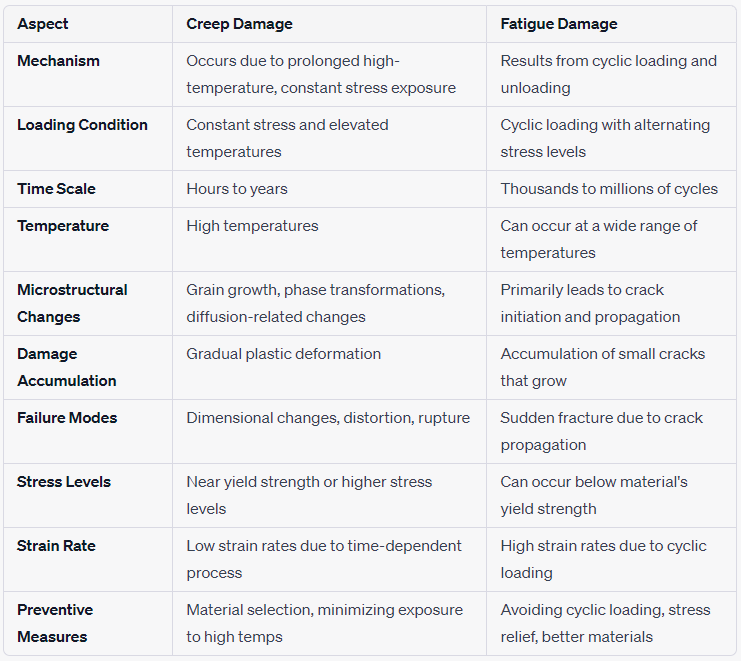Blast Furnace Gas Scrubber | Carbonic Acid Corrosion
- matintegrity
- Jun 13, 2023
- 4 min read
In the steel industry, blast furnaces are essential for the production of iron. However, the gases emitted during this process, known as blast furnace gas (BFG), contain various impurities, including carbon dioxide (CO2). These impurities can cause severe corrosion in equipment and piping if not properly managed. One of the primary corrosion challenges associated with BFG is carbonic acid corrosion. In this article, we will explore the concept of a blast furnace gas scrubber and its role in mitigating carbonic acid corrosion.
Carbonic acid corrosion poses a significant challenge in the steel industry, particularly in applications involving blast furnace gas. However, by employing blast furnace gas scrubbers, steel plants can effectively reduce the concentration of CO2 and minimize the formation of corrosive carbonic acid. These scrubbers play a vital role in extending equipment lifespan, reducing maintenance costs, and ensuring safe and efficient operations in the steel production process. Through continuous maintenance and proactive corrosion management, steel plants can mitigate the impact of carbonic acid corrosion and achieve long-term operational success.
The Role of Blast Furnace Gas Scrubbers
Blast furnace gas scrubbers are specialized equipment designed to remove impurities, including CO2, from blast furnace gas before it is released into the atmosphere. These scrubbers play a crucial role in mitigating carbonic acid corrosion by reducing the CO2 content in the gas stream. By removing CO2, the formation of carbonic acid is minimized, thereby significantly reducing the corrosive potential of the gas.
Operating Principles of Blast Furnace Gas Scrubbers
Blast furnace gas scrubbers typically employ various techniques to remove CO2 from the gas stream. One common method is absorption using a chemical solvent, such as an amine solution. The gas is passed through a tower or column packed with the solvent, and the CO2 molecules are absorbed, while the remaining gases are discharged. The absorbed CO2 is then separated from the solvent through a process called regeneration. This involves heating the solvent, releasing the CO2, and allowing the solvent to be reused in the scrubbing process. The regenerated solvent is continuously circulated, ensuring efficient removal of CO2 from the blast furnace gas.
Understanding Carbonic Acid Corrosion
Carbonic acid corrosion, also known as CO2 corrosion or acid gas corrosion, is a form of corrosion that occurs when CO2 dissolves in water to form carbonic acid. The presence of water, even in trace amounts, in an environment containing CO2 can lead to the formation of this corrosive acid. Carbonic acid corrosion can be particularly damaging in steel industry applications due to the high concentration of CO2 present in BFG.
Appearance or Morphology of Carbonic Acid Corrosion Damage:
Carbonic acid corrosion can manifest in various forms, depending on the specific equipment or infrastructure affected. Some common appearances of carbonic acid corrosion include:
Uniform or General Corrosion: This form of corrosion appears as a gradual, overall thinning of the affected material. It occurs when the carbonic acid reacts with the surface, resulting in a relatively even loss of material over a large area. Uniform corrosion may lead to a reduction in the structural integrity of the equipment.
Pitting Corrosion: Pitting corrosion appears as localized, small cavities or pits on the surface of the material. Carbonic acid can initiate the formation of pits by attacking localized areas more aggressively. Pitting corrosion is particularly concerning as it can penetrate deep into the material, leading to significant damage and potential failure.
It may appear as a number of flat-bottomed pits, sometimes called “mesa”-type pitting. Carbon steel may suffer deep pitting, grooving, or smooth “wash out” in areas of turbulence.
Mitigation Methods for Carbonic Acid Corrosion:
Material Upgrade or Selection: Choosing corrosion-resistant materials is a fundamental approach to mitigating carbonic acid corrosion. Stainless steel, for example, offers excellent resistance to CO2 corrosion due to the presence of chromium > 12%, which forms a protective oxide layer on the surface. Selecting a stainless steel to mitigate CO2 corrosion in any operating unit needs to account for other potential damage mechanisms applicable to the specific environment.
Protective Coatings: Applying protective coatings, such as paints, epoxy, or polymer coatings, can act as a barrier between the corrosive environment and the material, reducing the contact between carbonic acid and the surface. These coatings should be selected based on their compatibility with the specific operating conditions and the potential for exposure to carbonic acid.
Cathodic Protection: Cathodic protection involves applying a sacrificial anode or connecting the equipment to an external power source to create a protective electrical current. This method helps to shift the corroding process from the material to the sacrificial anode or an external source, providing corrosion protection.
Corrosion Inhibitors: Corrosion inhibitors can be added to the system to mitigate carbonic acid corrosion. These chemicals work by forming a protective film on the metal surface, preventing the corrosive action of carbonic acid. The selection of appropriate inhibitors should consider the specific system conditions and compatibility with other chemicals used in the process.
pH Control: Controlling the pH of the environment can minimize the formation of carbonic acid. By adjusting the pH to a more alkaline level, the corrosive potential of the acid decreases. This can be achieved through the addition of alkaline substances or by adjusting the process parameters to maintain an optimal pH range.
Regular Inspection and Maintenance: Regular inspection and maintenance are crucial in identifying early signs of carbonic acid corrosion and taking prompt action to mitigate its progression. This may involve cleaning, descaling, or removing any deposits or fouling that can accelerate corrosion. Additionally, routine monitoring and analysis of corrosion rates can help optimize mitigation strategies and identify potential areas of concern.
By implementing these mitigation methods and combining them with proactive maintenance practices, the damaging effects of carbonic acid corrosion can be significantly reduced, ensuring the longevity and reliability of equipment in steel industry applications.
The amine solution or other chemical solvents used in the scrubbing process may require periodic replenishment or replacement, and the scrubber internals should be inspected and cleaned to remove any deposits or fouling that may impair its efficiency.
References:
NACE International. (2014). Carbonic Acid Corrosion. Retrieved from
Uhlig, H. H., & Revie, R. W. (2011). Corrosion and corrosion control: an introduction to corrosion science and engineering. John Wiley & Sons.
Kinsella, B., & Ennis, P. (2002). Corrosion inhibitors—an overview. In Corrosion inhibitors (pp. 1-18). Springer.
Roberge, P. R. (2008). Handbook of corrosion engineering. McGraw-Hill Professional.








Comments